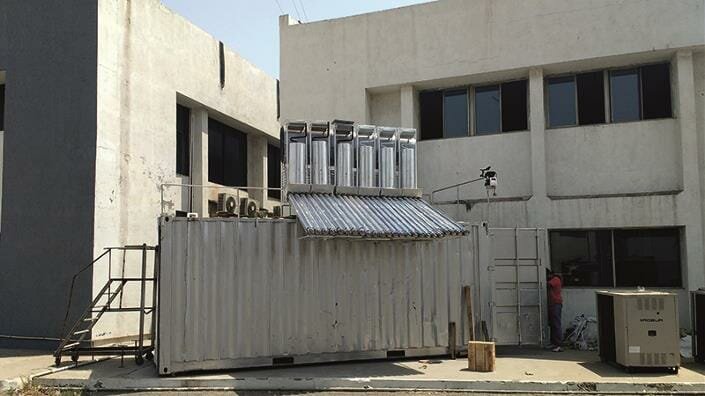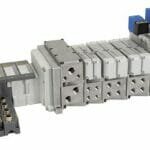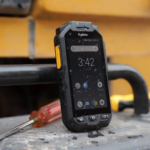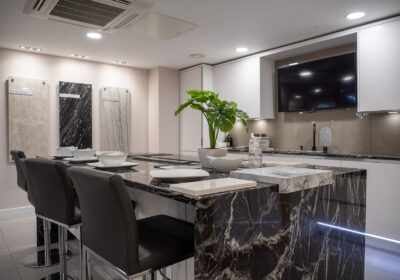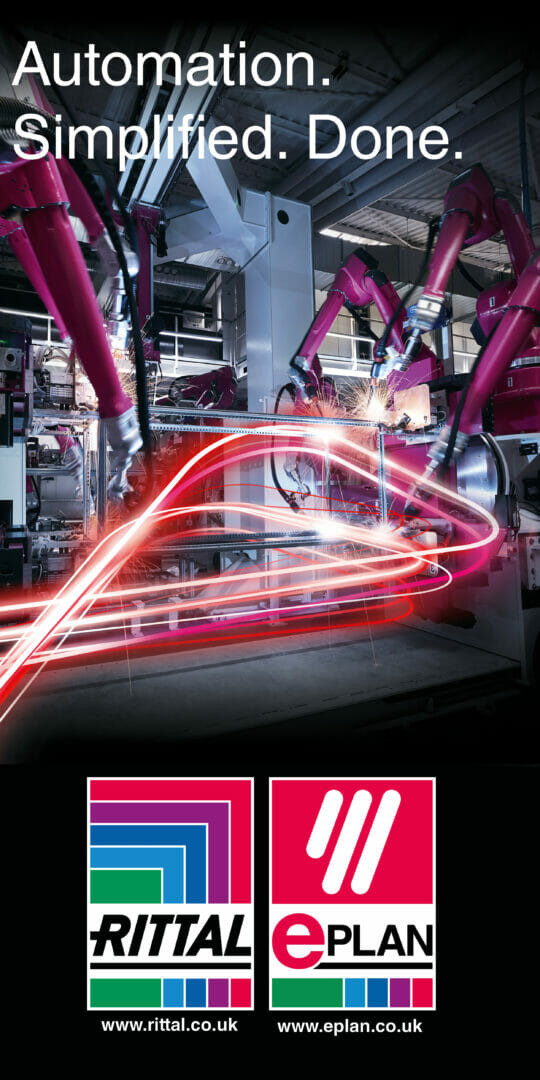![]()
The problem: There are almost one and a half billion people on this planet that don’t have mains electricity, and quite a few more that have intermittent electricity.
Changing demographics
In India, if you go back 30 years there were 700m people – 550m in the country and 150m in towns and cities. Now you have a billion, but 600m are in cities. In the past, most of the food was grown near to where people were going to eat it. Now that most of the population is in urban areas you need to get the food to them, and for that you need cooling.
Drawbacks of trucks
Refrigerated trucks are fine for keeping cold stuff cold, but no good at all at making warm stuff cold. In Europe you have on-farm cooling where you harvest your crop and put it into the cold store. In India it tends to get plonked on the back of an open truck and bumped all the way to the city. Almost 50% of the food is wasted before it gets to market.
The answer
The solution is to use local energy sources – the most obvious of which is the sun. The problem is that solar panels are expensive. They will run a big industrial cooling system and that’s also expensive. That’s fine if your crop has enormous value, but at 20p per kilo you can’t really afford it, and you need a lot of area. We thought, “Let’s cut out the middleman and create a solar-thermal system”.
Amish inspiration
We went for the old-type gas fridge system – they use heat to produce cold. In the past people used a little gas flame to work the fridge. In America the Amish still do it that way. You start off with a closed system of steel pipes, with a refrigerant in it in the same way as a normal fridge. There’s a solution of ammonia in water – when you heat it up above a certain level the ammonia boils out, leaving the water behind. You condense that ammonia in a cooler area, and then introduce it into a hydrogen atmosphere.
Partial pressures
The law of partial pressures says that, if you introduce one gas into the presence of another, it will behave as if the other gas is not there. It boils away – and when ammonia boils in a vacuum it goes down as far as -38°C. That’s where the cooling goes on. You end up with a mixture of ammonia and hydrogen gas, and you reintroduce that to the water, which reabsorbs the ammonia and purifies the gas mixture into pure hydrogen.
Engineering elegance
We essentially vandalised a fridge, attached solar thermal collectors… and it didn’t work. The sort of heat you get from a solar collector is different to what you get from a gas flame. We looked for ways to encourage the ammonia to boil. We had to put in a bit of 21st-century technology. It’s an elegant way of doing it. We tried to go for the lowest cost per watt, because nobody will be able to buy it if it’s got the same amount of engineering as a Swiss watch.
Cooling air
We have devices being field tested in India. There are 200m farms and they could use between one and 20 of these per farm. The system pays for itself in four years. The next market to hit is air conditioning – it’s horribly electricity hungry.
The solar fridge (Credit: Michael Reid)

